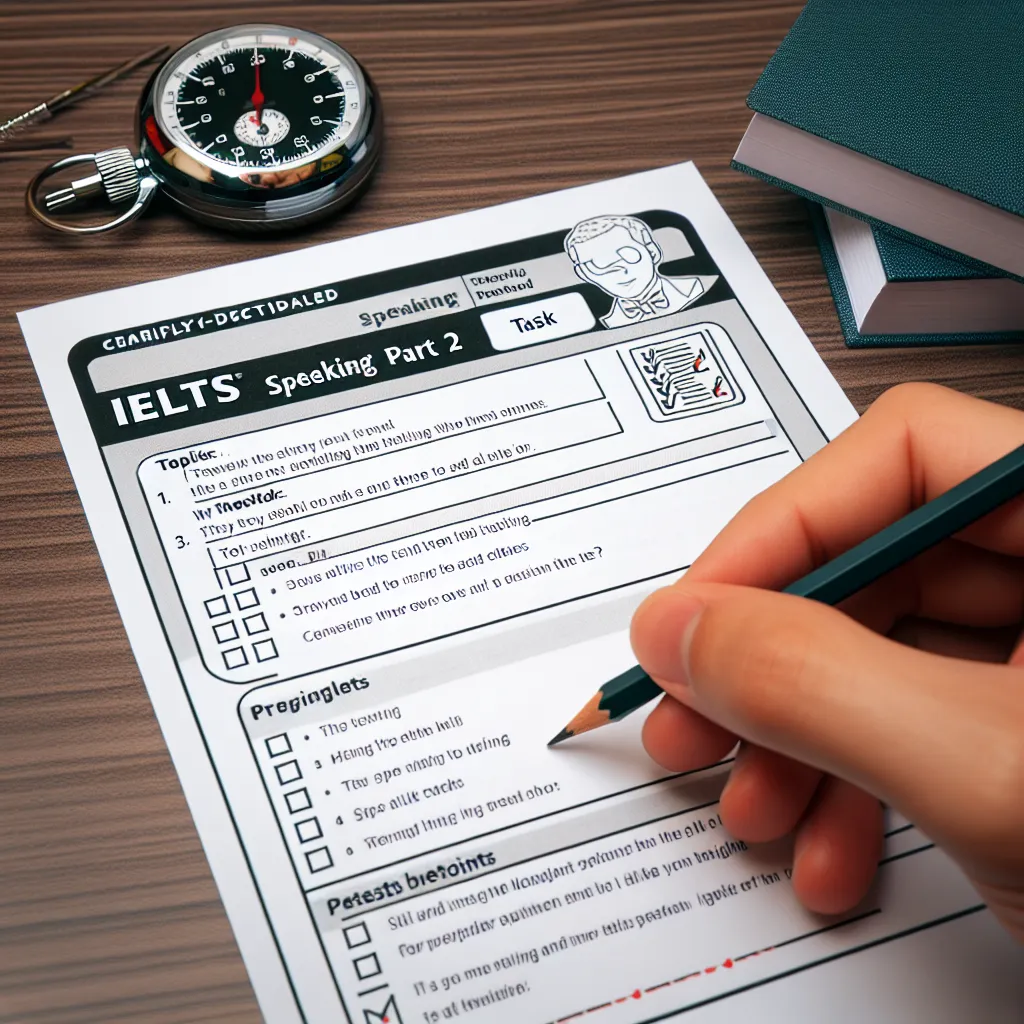IELTS Writing Task 2 is a crucial component of the IELTS exam, testing candidates’ ability to write a well-structured essay on a given topic. Understanding the different question types is essential for success in this task. In this comprehensive guide, we’ll explore the various IELTS Writing Task 2 question types, providing valuable insights and strategies to help you excel in your IELTS preparation.
 IELTS Writing Task 2 Question Types
IELTS Writing Task 2 Question Types
Understanding IELTS Writing Task 2
IELTS Writing Task 2 requires candidates to write an essay of at least 250 words in response to a given prompt. The task assesses your ability to present and justify opinions, evaluate ideas, and write in a formal academic style. Recognizing the different question types is crucial for crafting an appropriate and well-structured response.
The Five Main IELTS Writing Task 2 Question Types
1. Opinion (Agree/Disagree) Essays
In this type of question, you’re asked to give your opinion on a statement. You need to clearly state whether you agree or disagree and support your view with reasons and examples.
Example: “Some people believe that technology has made our lives easier, while others argue it has made life more complicated. To what extent do you agree or disagree?”
Key features:
- Clearly state your position
- Provide strong supporting arguments
- Use specific examples to illustrate your points
2. Discussion Essays
These questions ask you to discuss both sides of an issue before giving your own opinion. You need to present a balanced view of the topic.
Example: “Some people think that parents should control the time children spend watching TV or playing computer games. Others believe children should be free to choose their leisure activities. Discuss both views and give your own opinion.”
Key features:
- Present both sides of the argument
- Provide balanced discussion
- Conclude with your own opinion
3. Problem and Solution Essays
This type of question requires you to identify a problem and suggest possible solutions. You may also need to evaluate the effectiveness of these solutions.
Example: “In many cities, the use of video cameras in public places is being increased in order to reduce crime, but some people believe these measures restrict our individual freedom. Do the benefits of increased security outweigh the drawbacks?”
Key features:
- Clearly identify the problem
- Propose multiple solutions
- Evaluate the effectiveness of each solution
4. Advantages and Disadvantages Essays
These questions ask you to discuss the positive and negative aspects of a particular topic. You may also be required to give your opinion on whether the advantages outweigh the disadvantages.
Example: “Some people think that children should begin learning a foreign language as soon as they start school. Others believe that it is better to wait until secondary school. Discuss the advantages and disadvantages of both approaches.”
Key features:
- Present both advantages and disadvantages
- Provide balanced analysis
- Conclude with a summary or your opinion
5. Double Question Essays
This type of question asks you to address two related issues. You need to answer both parts of the question and ensure a balanced response.
Example: “More and more people are migrating to cities in search of a better life, but city life can be extremely difficult. Explain some of the difficulties of living in a city. How can governments make urban life better for everyone?”
Key features:
- Address both parts of the question
- Provide a balanced response to each part
- Ensure coherence between the two parts
Strategies for Tackling Different Question Types
-
Read the question carefully: Identify the key words and instructions to determine the question type.
-
Plan your response: Organize your ideas and arguments based on the specific question type.
-
Use appropriate structure: Each question type requires a slightly different essay structure. Familiarize yourself with these structures.
-
Practice all types: Don’t focus solely on one question type. Practice writing essays for all five types to be well-prepared.
-
Time management: Allocate your time wisely, ensuring you have enough time to plan, write, and review your essay.
Common Mistakes to Avoid
-
Misidentifying the question type: This can lead to an off-topic response.
-
Neglecting to answer all parts of the question: Especially important in double question essays.
-
Providing a one-sided argument: In discussion and advantages/disadvantages essays, ensure you present both sides.
-
Lack of examples: Always support your arguments with specific examples.
-
Weak conclusion: Ensure your conclusion summarizes your main points and, where required, clearly states your opinion.
Next Steps in Your IELTS Preparation
-
Practice identifying question types: Review past IELTS Writing Task 2 questions and categorize them.
-
Develop essay outlines: Create outlines for each question type to internalize the different structures.
-
Timed practice: Write full essays under timed conditions to improve your speed and efficiency.
-
Seek feedback: Have your essays reviewed by a teacher or experienced IELTS tutor to identify areas for improvement.
-
Expand your vocabulary: Build a bank of academic vocabulary and phrases relevant to common IELTS topics.
Understanding the different IELTS Writing Task 2 question types is a crucial step in your IELTS preparation journey. By familiarizing yourself with these types and practicing regularly, you’ll be well-equipped to tackle any question that comes your way on exam day. Remember, success in IELTS Writing Task 2 is not just about language proficiency, but also about your ability to understand and respond appropriately to different question types.
Keep practicing, stay focused, and approach each question type with confidence. With dedication and the right strategies, you’ll be well on your way to achieving your desired IELTS score. Good luck with your IELTS preparation!




